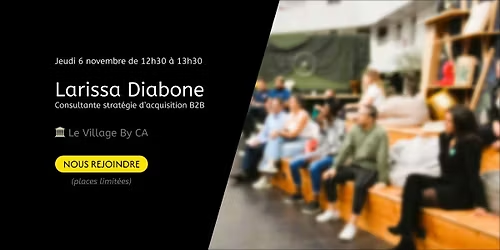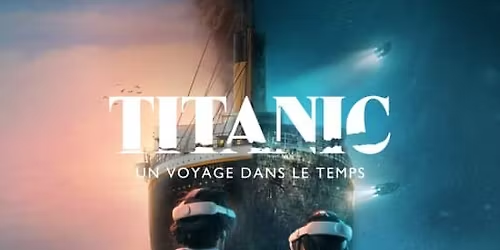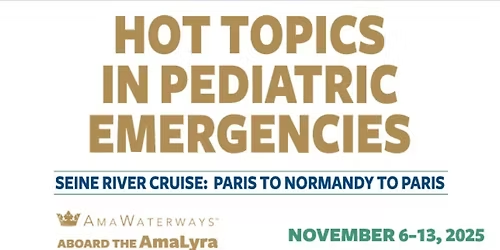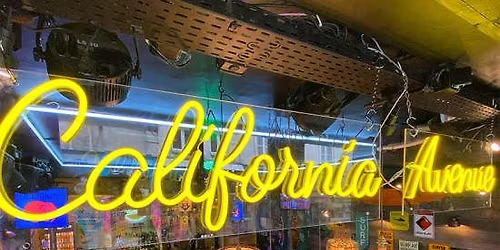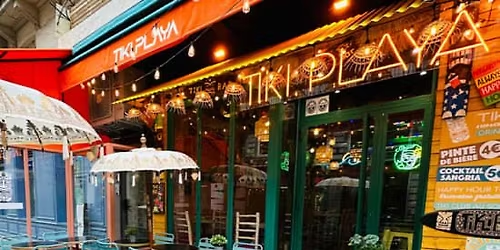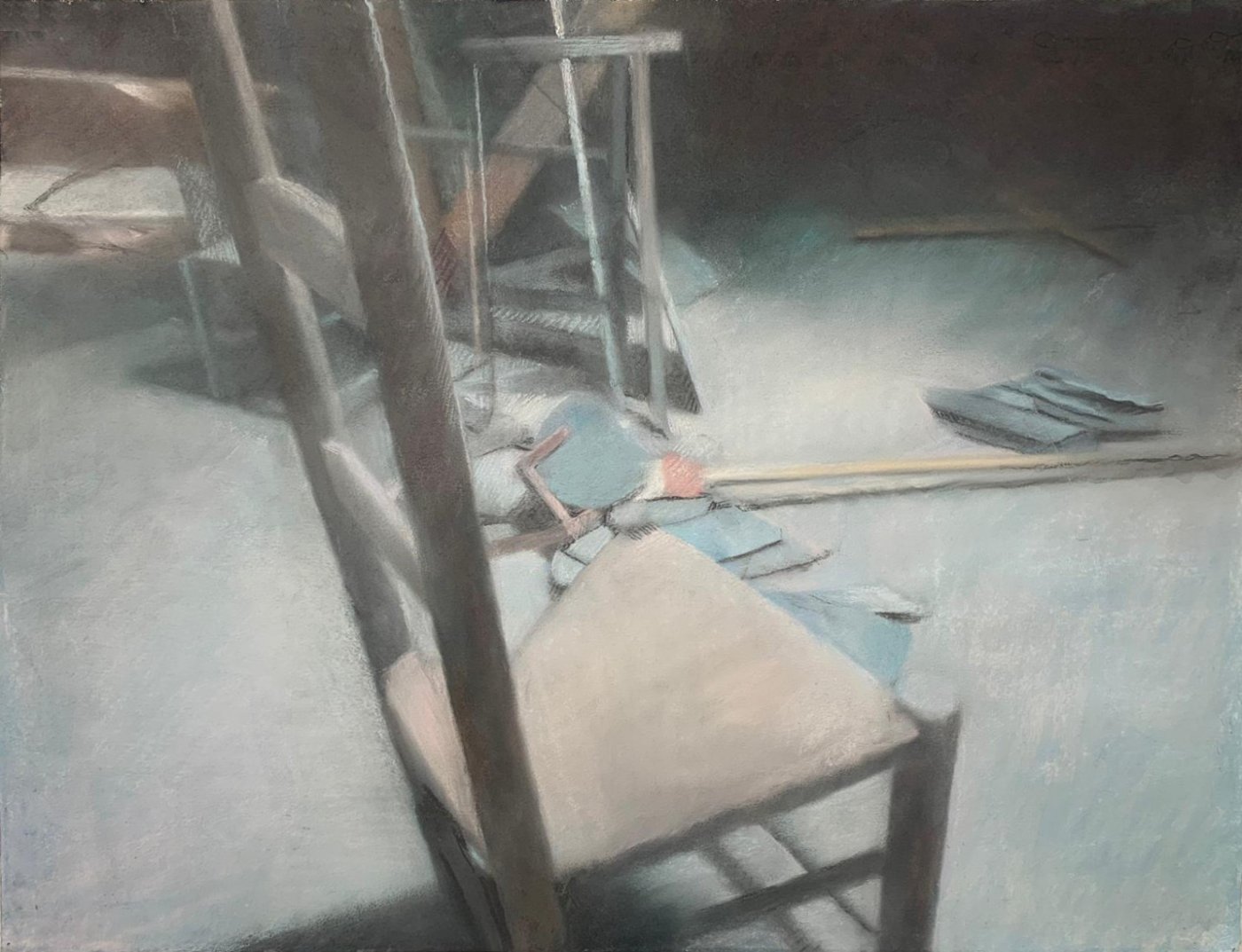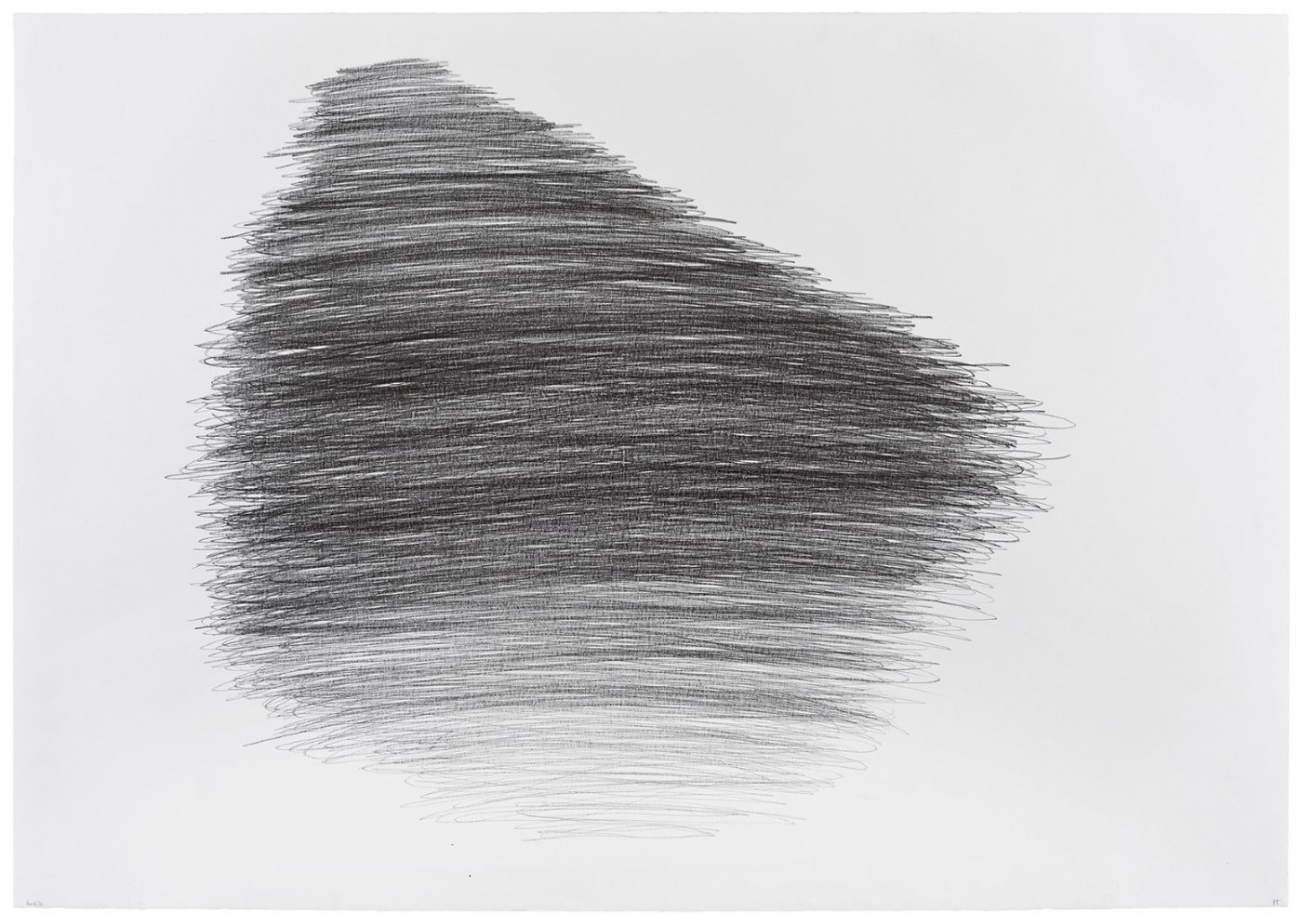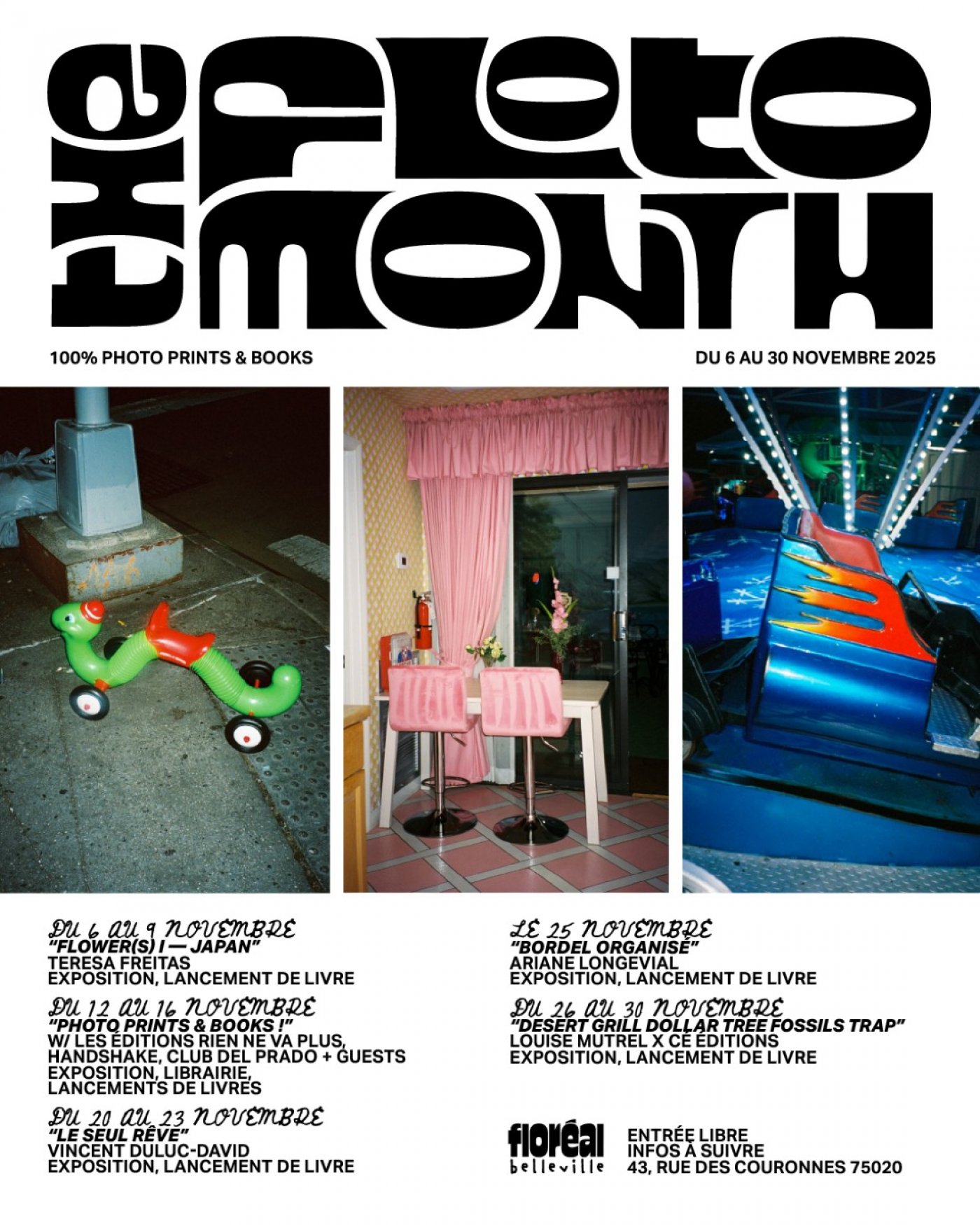“ERASED ETERNITY” by Zhao Qichao
Schedule
Thu Nov 06 2025 at 10:30 am to 06:15 pm
UTC+01:00Location
France, Paris, Rue Biscornet, vanities gallery | Paris, IL

“ERASED ETERNITY”
Exhibition | November 14 – 29 2025
Opening reception: Friday November 14 from 6:30 p.m.
Vanities Gallery presents an exploration of vanished landscapes and fragile memories. Zhao Qichao invites the viewer to journey through China Ethiopia and Nepal—before time and catastrophe erase their traces. His images capture ruins temples and once-inhabited places now transformed oscillating between historical document and artistic creation.
Born in 1963 in Heilongjiang Zhao Qichao lives and works today in Qingdao Shandong Province. His career both grounded in contemporary reality and deeply personal is expressed through photography where technical precision meets poetic sensitivity. Each image transforms the ordinary into a revelation of the intimate; each scene becomes an invitation to reflect on time culture and collective memory.
Exhibiting a photographer always implies a careful selection: from a career spanning tens of thousands of images only certain series find their place within the gallery space. For this fortnight Vanities Gallery has chosen three “transhumances” by Zhao Qichao — China Ethiopia and Nepal. These journeys reveal both the gaze of an artist and the insight of a witness intertwining visual archives with poetic imagery.
The exhibition subtly questions the boundary between reportage and artistic creation leaving visitors free to observe to feel and to let themselves be carried through the time that photography fixes. Each image is an imprint — a testimony of the world and of the people who inhabit it captured through a singular gaze.
Zhao Qichao’s work may be compared to that of Jeff Wall and Sebastião Salgado two major figures in contemporary photography. With Jeff Wall (b. 1946) Zhao shares an approach in which photography is never a mere recording of reality but a visual and intellectual construction.
While Wall reconstructs his scenes as true tableaux Qichao seeks to reveal the symbolic density of ruins landscapes and everyday gestures. In both cases the image becomes a space of meditation where aesthetics and thought converge. Yet while Wall unfolds a theatricality inherited from history painting Qichao favors restraint: he works with natural light raw textures and the slow erosion of time.
His art depends less on staging than on patient waiting and contemplative observation.
The comparison with Sebastião Salgado (b. 1944) is equally fitting as both photographers explore the fragility of humanity and the power of nature. Like Salgado Qichao captures faces places and communities on the brink of disappearance with profound respect for the dignity of his subjects. Salgado’s grainy black-and-white which lends his images a universal and near-biblical dimension finds a counterpart in Qichao’s formal rigor.
Yet Qichao distinguishes himself through a quieter almost archaeological approach: his images do not proclaim — they whisper. They do not dramatize loss but invite contemplation of the slow erasure of traces across stretched time.
Thus between Wall and Salgado Zhao Qichao occupies a singular position. His photography combines documentary precision with poetic impulse yet rejects both spectacle and aesthetic excess. Instead it explores the in-between spaces — cracks in stone mist over valleys the simple act of drawing water. These details become signs of a fragile yet persistent memory.
Philosophically his work may be read through the lens of Walter Benjamin (1892–1940): each photograph is a “dialectical image” — a moment where the past emerges within the present where the ruin becomes both trace and revelation. Qichao does not seek to rescue what is vanishing but to inscribe within duration the awareness of disappearance itself.
Ultimately the exhibition reveals an aesthetic of passage — between reportage and art East and West memory and oblivion. The viewer is invited into a contemplative experience both intimate and universal where photography becomes an instrument of sensitive and philosophical remembrance.
* “The image is that wherein the Then and the Now come together in a flash to form a constellation.” — Walter Benjamin Das Passagen-Werk (The Arcades Project) ed. Rolf Tiedemann Suhrkamp written in 1927 and published posthumously in 1982.
Where is it happening?
France, Paris, Rue Biscornet, vanities galleryEvent Location & Nearby Stays:

